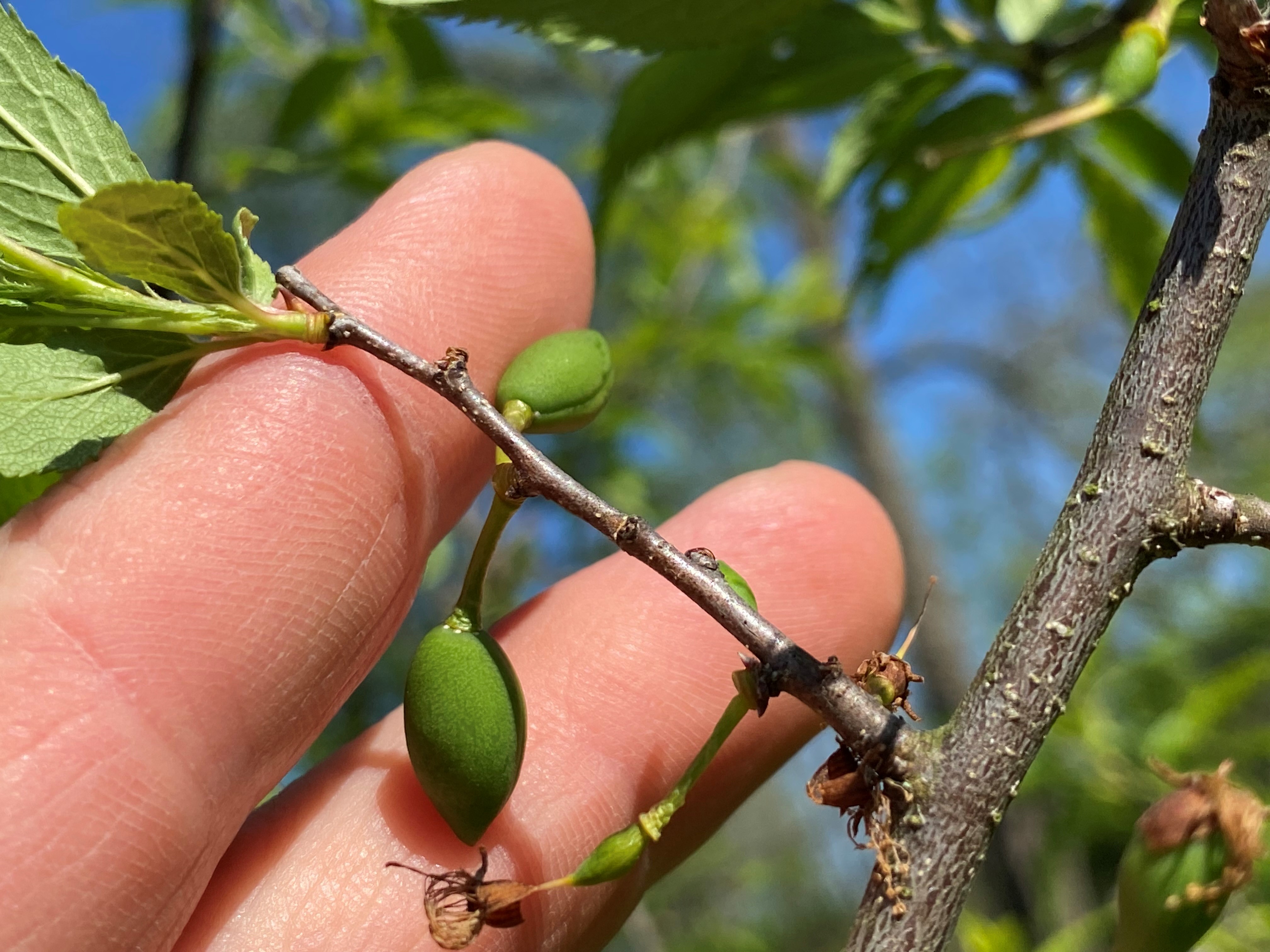Blog
- 2024
- February
- January
- 2023
- December
- November
- October
- September
- August
- July
- June
- May
- April
- March
- February
- January
- 2022
- December
- November
- October
- September
- August
- July
- June
- May
- April
- March
- February
- January
- 2021
- December
- November
- October
- September
- August
- July
- May
- April
- March
- February
- 2020
- August
- May
- April
- March
- 2018
- October
- 2017
- July
- May
- March
- January
- 2016
- November
- October
- September
- August
- 2015
- August
- Ages 2-5 (2)
- Ages 5-12 (2)
- Amphibians (1)
- arachnids (1)
- art (1)
- art in nature (1)
- artists (1)
- artswave (1)
- At Home Activities for Kids (4)
- At Home with Nature (17)
- Backyard Compost (1)
- Backyard Habitat (7)
- Bee (1)
- Bioblitz (1)
- Brood X (1)
- Brush Piles (2)
- Burn Boss (1)
- cellar spider (1)
- Child Directed Play (5)
- Children's Saturday Programs (1)
- Cicadas (1)
- CincyNature Camp (2)
- Citizen Science (1)
- community science (1)
- composting (1)
- conservation (23)
- daddy long legs (1)
- Earth Day (2)
- Eastern Bluebirds (1)
- Eco-friendly habitats (6)
- Eco-Friendly Habits (2)
- Education (1)
- entomology (2)
- Farm (1)
- Finding home (1)
- fireflies (1)
- firefly watch (1)
- Fitness (1)
- Foraging (1)
- Gardening (12)
- Great Blue Herons (1)
- Great pinecone (1)
- Growing Up in Nature (3)
- harvestman (1)
- Hiking (1)
- Home School Activity (4)
- Insect (1)
- Invasive Species (4)
- Jogging (1)
- Kids (8)
- Kids Activities (8)
- Knowing Nature In Your Yard (12)
- Landscaping (11)
- Long Branch Farm & Trails (4)
- milkweed (2)
- monarch butterfly (1)
- National Gardening Day (1)
- Native Plants (15)
- Nature (28)
- Nature for All (1)
- Nature Learning (17)
- Non-native plants (4)
- Non-native species (4)
- Ornithology (3)
- Outdoor Play (7)
- partnership (1)
- Periodical Cicadas (1)
- Phenology (2)
- Plant Identification (7)
- Play (6)
- PlayScape (4)
- Prescribed Burns (1)
- Recycling (1)
- Rookery (1)
- Running (1)
- Salamander (1)
- Soil (4)
- spiders (1)
- Summer (1)
- The Ripple (1)
- Trail Etiquette (1)
- Trail Rules (1)
- Trail running (1)
- Trails (3)
- Vernal ponds (2)
- Vernal Pools (1)
- Wasp (1)
- Welcoming Nature In Your Yard (8)
- Wildlife (2)
- Winter (1)
- Women in Conservation (1)
- Women Who Lead (1)
- Women's History Month (1)
- Yard Care (12)
- Yellow Iris (1)
- Yellowjacket (1)
- Zero Waste (2)
Proud Fruit Parent
by Jason Neumann, Public Programs Manager
I like fruit.
Eating fruit is nice but I really like growing fruit, and, more specifically, using fruit to engage visitors. With that in mind, a few weeks ago, I had a proud “fruit parent” moment and it’s worth sharing.
It was a glorious day in early April, one of those days when you know for sure that winter is over. It was a decidedly warm, sunny spring day. From the Creekside Barn at Long Branch Farm and Trails, I could see the white flowers of the wild plums were in their prime…we had to have a look.
Before we even got all the way up to the trees, you could hear and smell them. More accurately, you could hear the hundreds of small native bees having a field day on the mounds of delicate, fragrant white wild plum flowers.
That made me think “maybe this is the year for fruit.” Not unlike humans, fruiting plants need to get to a certain size and age before creating offspring. These wild plums have been in the ground for more than eight years.
Fast forward ahead a few weeks—we found tiny little plums on the trees. As had happened with so many plants over the years, I had that sense of being a proud fruit parent…and then my mind went to Asian cuisine – plum sauce, plum wine, pickled plums. Just think of all the new native farmed foods we could serve at events and programs…
Don’t hold your breath. We’re still farming native species and farming of any sort is wrought with unpredictability. Between the weather, insects, possible drought, the learning curve to adjust to a new crop, and a myriad of other factors, we might not get much if any fruit this year.
But, all these troubles remind us that we’re still part of the natural world…we are not in charge.
We planted another whole row of Chickasaw wild plums last week—the day will come when we have a whole lot of plums.
